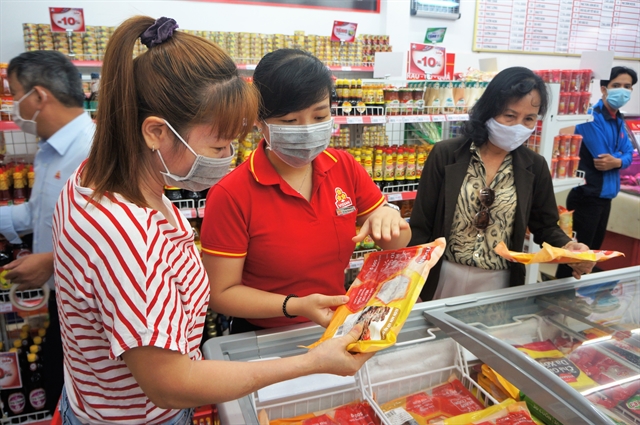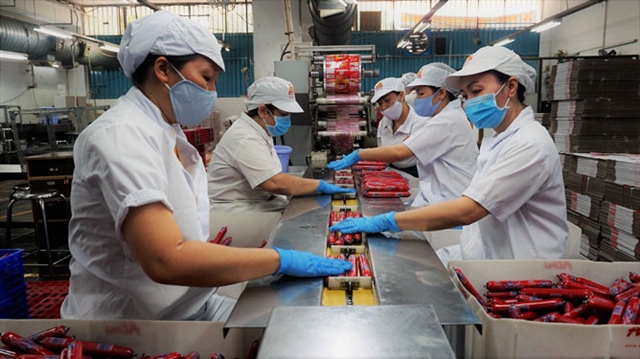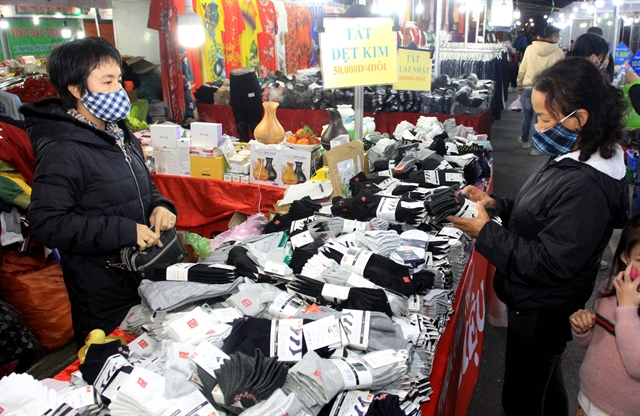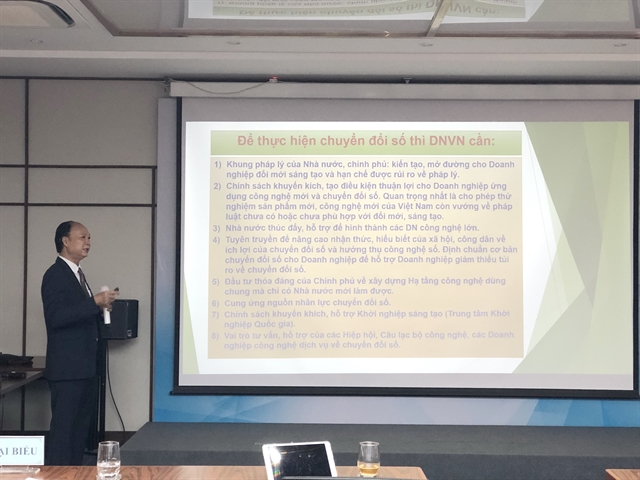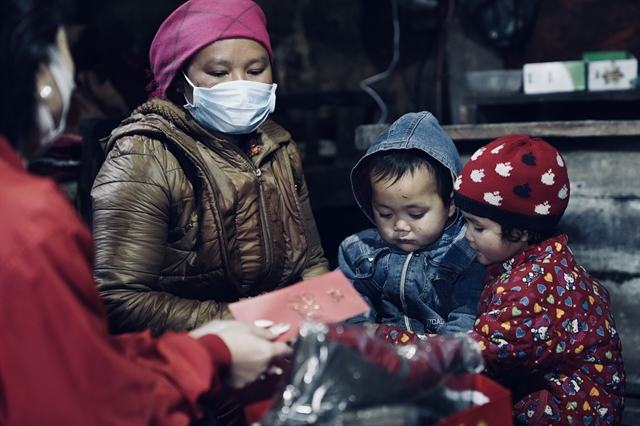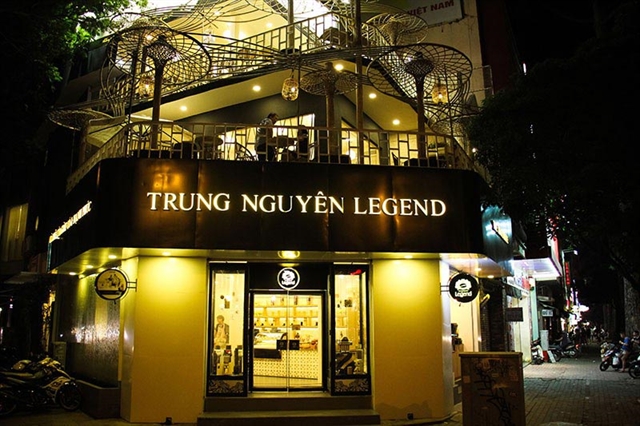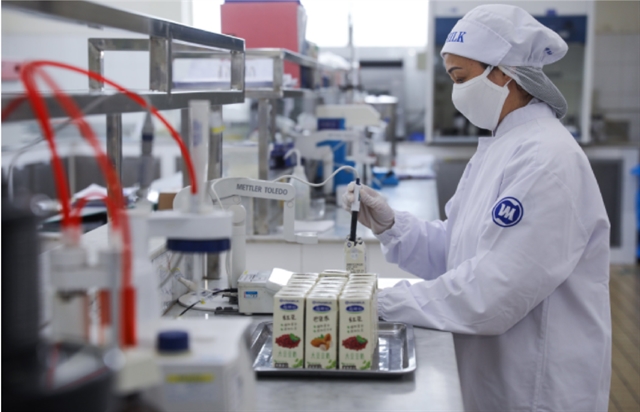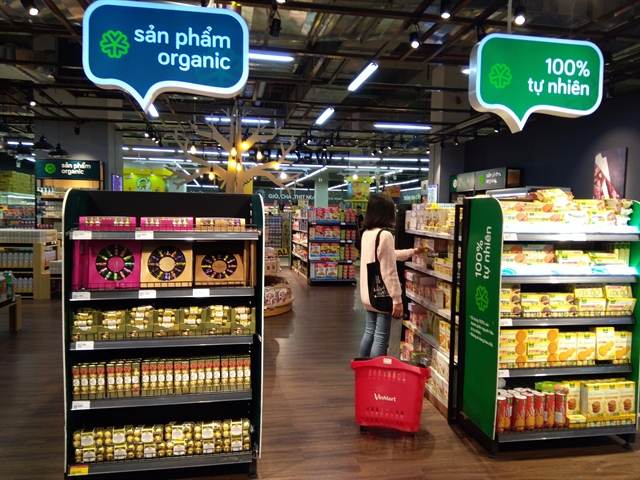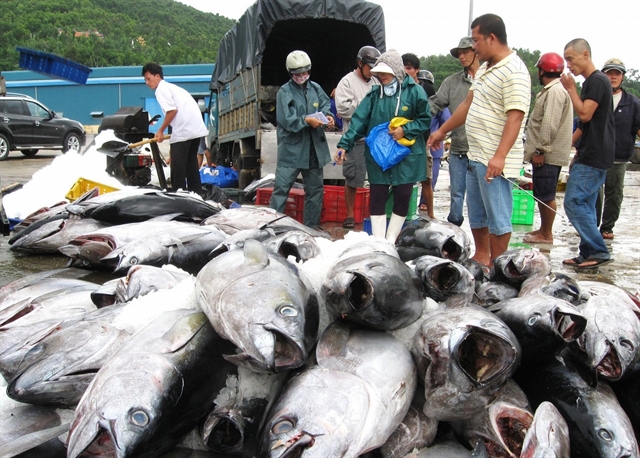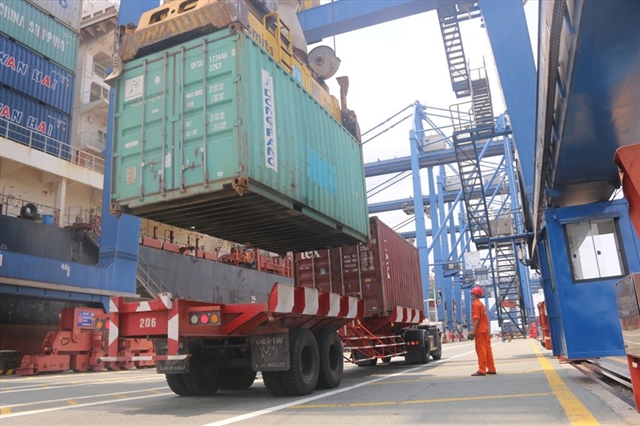
HÀ NÔI — Exports of many agricultural products continued to decline sharply in January due to a shortage of empty containers.
According to the General Department of Customs, in the first half of January, Việt Nam’s coffee exports decreased by 46 per cent in volume and nearly 43 per cent in value to 52,000 tonnes and US$95 million, respectively, compared to the same period of 2020.
Rice exports also fell sharply by 44 per cent in volume to 131,000 tonnes and 38 per cent in value to $72 million.
Fruit and vegetable exports reached $130 million, 33 per cent lower than the same period of last year.
The general department said some other farming products also saw a strong reduction in export value during that period, including tea (22 per cent to $6.6 million), pepper (10 per cent to $21 million) and seafood (14 per cent to $278 million).
The reduction in exports of those key agricultural products was mainly due to a severe shortage of empty containers. Therefore, agricultural products exported in January had very high shipping costs.
According to the Việt Nam Association of Seafood Exporters and Producers (VASEP), seafood businesses said that in January, the freight to Europe continued to increase strongly by between 145-276 per cent, depending on the port.
Specifically, this freight at the main ports surged by 145 per cent to $7,000 per container in January 2021 from $2,850 in December 2020. Some firms increased the freight from $2,800 per container to $10,550.
The same situation happened at US ports. The freight in January increased by 14 per cent to $4,000 per container for shipping goods to the West coast and by 14-19 per cent to $5,600-5,850 per container to the East coast. It also increased from $50-100 per container to Japan’s ports.
Đỗ Hà Nam, vice chairman of the Việt Nam Cocoa and Coffee Association, said the shortage of empty containers to transport coffee has led to stagnant exports at many countries and lower supply in consumption markets.
The Việt Nam Pepper Association’s survey in January 2021 for some pepper agents and cooperatives in Đồng Nai Province showed that pepper inventory is still large, excluding the volume that has been sold but not yet shipped. That was due to high freight and the shortage of empty containers.
According to domestic and international logistics experts, the serious shortage of empty containers will last at least until the end of the first quarter this year, reported the Nông thôn Ngày Nay (Countryside Today) newspaper.
In the long term, Việt Nam should have a strategy to reduce dependence on international shipping companies as present, including a solution encouraging investment in the development of container shipping fleets and plants producing containers, they said.
One of the most important solutions at present is to free up containers of imported goods and to move the containers in the most reasonable and fast manner to have more containers for shipping export goods.
Nguyễn Duy Hồng, deputy general director of the Smartlogs Supply Chain Solution Corporation, said there are about 300,000 20-feet empty containers circulated among seaports in Việt Nam each year.
The circulation is ineffective because empty containers are often sent to major ports before moving to secondary ports for exporters, he said.
If it is organised properly, many containers will be used to transport export goods quickly, Hồng said. For example, the technology process will optimise the use of containers by moving empty containers from importers directly to exporters and to flexible locations according to regional needs. That will create favourable conditions for businesses to have empty containers for shipping export goods, he said. — VNS


